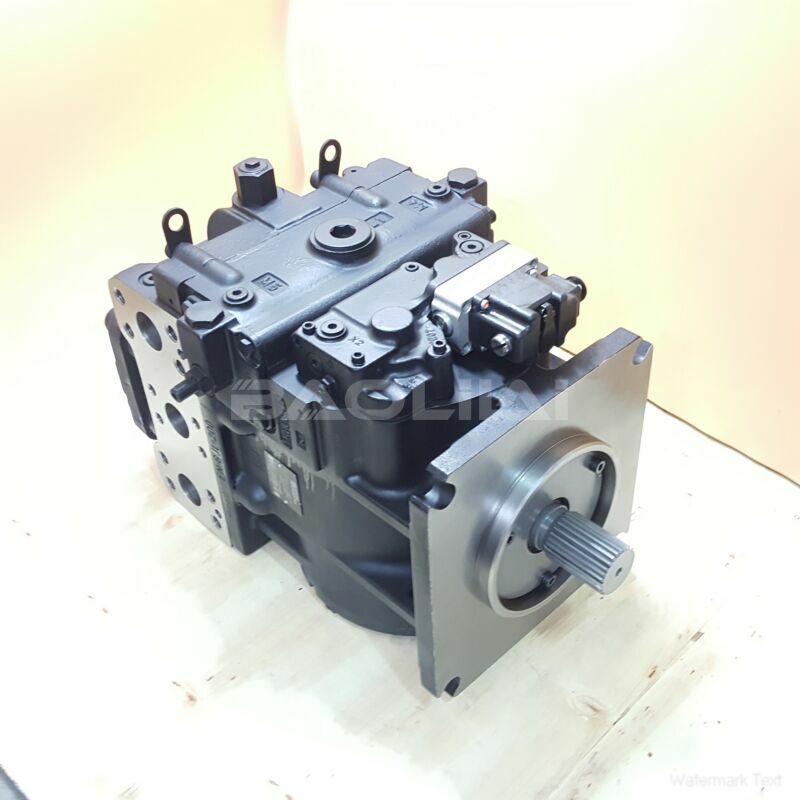90R180KA5AB80SMC8J05NNN424226 sauer danfoss pump
90R180KA5AB80SMC8J05NNN424226 sauer danfoss pump

- Product Details
- Applicable Scene
In modern industrial applications, hydraulic pumps play a critical role in ensuring the efficient operation of machinery. Among the various brands available, Danfoss is renowned for its quality and innovation in hydraulic systems. However, like all mechanical components, Danfoss hydraulic pumps are susceptible to issues that can affect performance and reliability. To effectively diagnose these problems, sensors have emerged as invaluable tools, providing real-time data and insights that facilitate timely interventions.
90-R-180-KA-5-AB-80-S-M-C8-J-05-NNN-42-42-26
90R180KA5AB80SMC8J05NNN424226
One of the main challenges in maintaining hydraulic pumps is the identification of faults before they escalate into serious failures. Traditional diagnostic methods often rely on visual inspections or auditory signals, which can overlook subtle indications of malfunction. Here, sensors come into play, offering advanced monitoring capabilities that enhance the accuracy of diagnostics. Pressure sensors, temperature sensors, and flow sensors are commonly employed in hydraulic systems, each playing a pivotal role in providing pertinent information.

83047415
Pressure sensors are critical for monitoring the pressure levels within the hydraulic pump. Abnormal pressure readings can indicate issues such as blockages, leaks, or internal wear. For instance, a sudden drop in pressure may point to a malfunctioning valve or an obstruction, while an unusual pressure spike could suggest potential pump cavitation or excessive load conditions. By continuously tracking pressure fluctuations, operators can quickly pinpoint anomalies and take preventive actions before they compromise the system’s integrity.
Temperature sensors are another essential component in diagnosing hydraulic pump issues. Overheating can lead to severe damage within the pump and the broader hydraulic system. By monitoring the temperature of the hydraulic fluid, operators can identify potential cooling problems or increased friction within the pump. If the temperature exceeds safe operating limits, it serves as an early warning signal, prompting maintenance interventions to prevent catastrophic failures.





